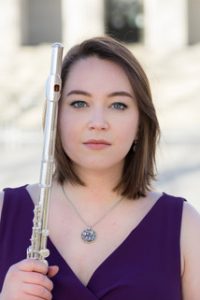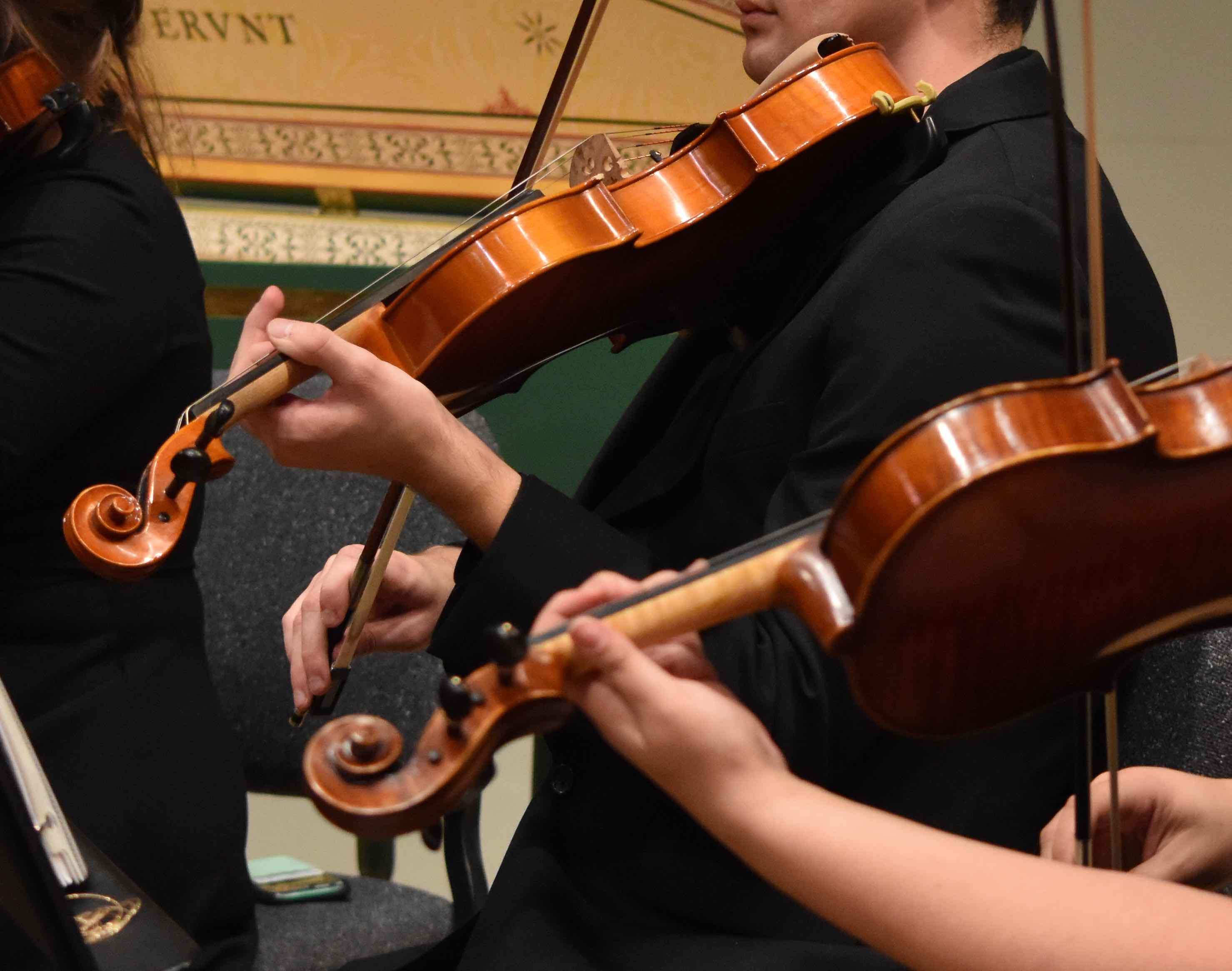“Never practice more than three or four hours a day. No one can concentrate longer than that, and you must spend the rest of your time learning about life and love and art and all the other wonderful things in the world. If a young person sits in the practice room all day, what can he possibly have to express in his music?” – Arthur Rubinstein
Efficient practice is the act of working towards a set of goals with clear intentions and smart strategies to quickly bring music to performance-ready condition (Klickstein, 2019). Many students, professional musicians, and teachers often have limited time for individual practice and a significant amount of repertoire to learn by certain dates. It is important to develop a method of practicing that allows you to learn repertoire quickly and efficiently while maintaining attention to detail and musicality. Learning to practice efficiently can also help to prevent performance-related injuries and will allow you to spend less time in the practice room.
When my performance-related injury was at its peak during my
undergraduate degree, I had developed a bad habit of punishing myself in the
practice room. I used to practice for hours on end, taking no breaks and only
stopping once I absolutely had to. This often resulted in running passages over and over again, making the same mistakes but refusing to stop playing until I heard a noticeable improvement. I also had a tendency to “cram” practice, learning repertoire shortly before I had to play it for rehearsals and private lessons. When you are practicing under these types of conditions with heightened stress levels and a lack of time to adequately prepare, your body will hold a significant amount of tension while you’re playing as a reaction to this stress.
Efficient practicing requires less time spent in the practice room, but a much
higher level of concentration and focus. After years of analyzing my tendencies in the practice room and researching performance-related injuries, I discovered that learning to practice efficiently is an incredibly important part of becoming a professional musician. Developing efficient practicing habits is especially helpful if you are actively recovering from a performance-related injury and have limited time that your body is physically able to practice each day. It is also helpful on days that you have long rehearsals or performances. On these days, aim for extremely focused and shorter practice sessions to get the work done that you need without overworking your body.
Now that we have defined “efficient practicing”, how do we begin to incorporate it into our daily routine? This efficient practicing template is designed for one-hour increments of time but can be adjusted as needed. It can be repeated multiple times per day depending on how much time you intend to practice, but doing physical warm-ups at the beginning of each session is essential. Practicing in one-hour increments or less multiple times per day is ideal, but if you must practice for multiple hours at once, be sure to take a 15-minute break every hour. It is helpful to write a list of your goals for each session at the top of the template, such as “slow, technical work from measures 56-62 in Piece A”, “clarity of articulation and supportive air speed from measures 78-94 in Piece B”, etc.
It is also important to incorporate variety within this daily schedule. Doing the exact same warm-up routine and practicing the same passages can lead to burnout, limit productivity and take away the joy and freedom that is possible during your practice sessions. If you find yourself in a rut, substitute one 10-minute section of detailed repertoire practice per day and devote it to free improvisation or learning repertoire that you love. Having a strict daily regimen for practicing works well for some people, but for most, it can lead to exhaustion and tension, because our bodies and minds tend to naturally rebel after a certain period of time of being told exactly what to do.
Read more about the“Efficient Practicing Template” here.
Date:
Time:
Practicing Goals:
Repertoire List in Priority Order:
- .
Physical Warm-Up (5 Minutes): Slow arm circles, work with exercise bands,
shoulder/arm/neck stretches, running in place, etc.
Musical Warm-Up (10 Minutes):
– 5 Minute Break –
Detailed Repertoire Practice (15 Minutes):
– 5 Minute Break –
Additional Detailed Repertoire Practice (15 Minutes):
Under Tempo Run-Through (5 Minutes)
If you are feeling burnt out, it is time to re-examine your daily practice routine.
Ask yourself, when was the last time I spent time outside? When was the last time I hung out with a friend for fun? Do I notice myself making progress or do I feel like I am in a rut? Does practicing feel like a forced act and do I feel guilty for enjoying life outside of the practice room? We must develop a healthy balance between our work lives and our personal lives. As musicians, it is easy to overlook the opportunity to have a personal life because our work frequently exceeds the typical 9-5 workday hours, and our justification is that the more we practice the more we will improve. Working yourself to the point of exhaustion and not giving your body back what it needs will actually have the opposite effect and often cause you to perform worse than you desire.
You must tell yourself that it is necessary to take breaks. This may be as simple
as taking a walk around the block or asking a friend out to coffee after class. It is easy to get into the habit of cramming as much practice time as you can in every free moment you get but doing so limits your creativity and your musicality. Learning to practice efficiently will help reduce the time you need to spend in the practice room each day and will allow you to enjoy guilt-free breaks to take care of yourself.

Francesca Leo
Francesca Leo is currently pursuing a master's degree in Classical Flute Performance at the Manhattan School of Music. Her primary teachers include Linda Chesis, Conor Nelson and Jeffrey Zook. For more information, please visit www.francescaleoflute.com. Francesca is the founder of award-winning performing arts health website www.playingwithoutpain.com.



I know this if off topic but I’m looking into starting my own weblog and was wondering what all is needed to
get setup? I’m assuming having a blog like yours would
cost a pretty penny? I’m not very internet savvy so I’m
not 100% positive. Any recommendations or advice would be greatly appreciated.
Thank you
Thank you for your comment!
You can actually create a blog for just a few dollars/month.
There are many ways to build an affordable website.
Look at Wix.com, Squarespace.com
I used WordPress and Elementor.
There are great tutorials on Youtube on how to build a website.
The hardest part of starting a website is creating content.
Best of luck!